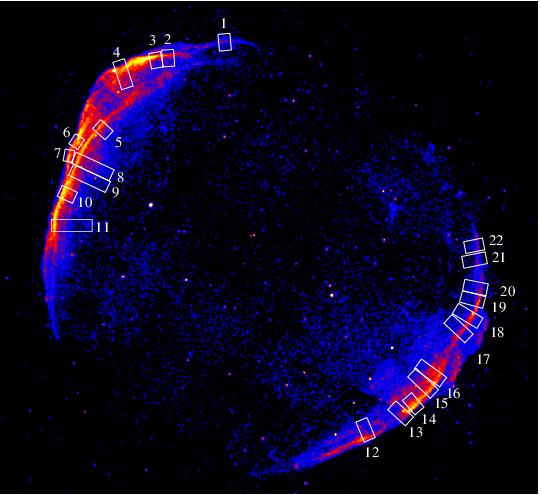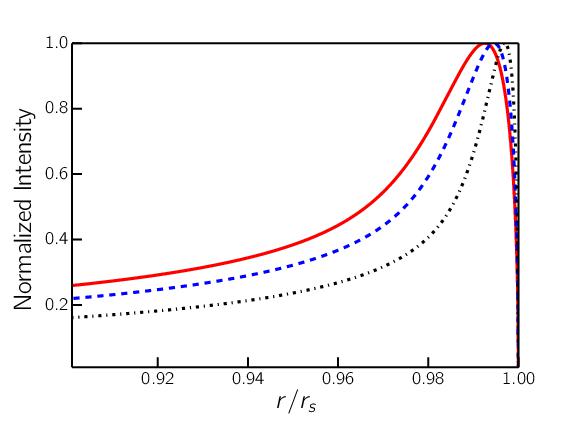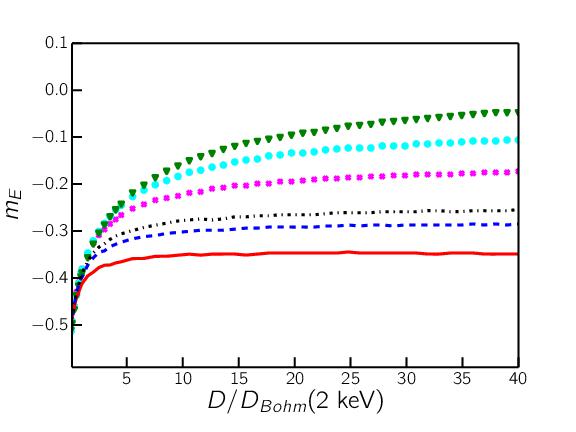Many shell supernova remnants display remarkably thin, X-ray filaments around their edges. These so called "rims" are caused by the short lifetime of rapidly radiating, high energy nonthermal electrons responsible for the observed synchrotron emission. These particles lose energy so rapidly that they can only travel a short distance before they no longer emit X-rays and disappear from view. The size of the filaments in these supernova remnants is thus a direct probe of both the transport mechanism (either frozen-in advection or cross-field diffusion) for electrons downstream of the shock and also the magnitude of the magnetic field. Alternatively, the filaments could be caused by the rapid spatial decline of the magnetic field strength ("damping") that is observed in particle simulations of strong shocks. As an undergraduate, I worked on this problem with Stephen Reynolds at N.C. State using new Chandra data of SN1006 (pictured to the right) coupled with semi-analytic models for the evolution of the electron distribution behind the shock including advection, diffusion, and radiative/adiabatic losses both with and without magnetic field damping.


